As an Amazon Associate, I earn from qualifying purchases
Choose cookware based on your cooking style, budget, and material preference. Consider durability, heat conductivity, and ease of maintenance.
Selecting the right cookware is crucial for any kitchen. The right choice enhances cooking efficiency and elevates your culinary experience. With numerous options available, it can be overwhelming to decide. You need to focus on key factors like material, compatibility with your stove, and your cooking habits.
Stainless steel, cast iron, and non-stick are popular choices, each offering unique benefits. Stainless steel is durable and versatile, while cast iron retains heat well. Non-stick cookware is easy to clean and ideal for low-fat cooking. By evaluating these aspects, you can make an informed decision that suits your needs and enhances your kitchen’s functionality.
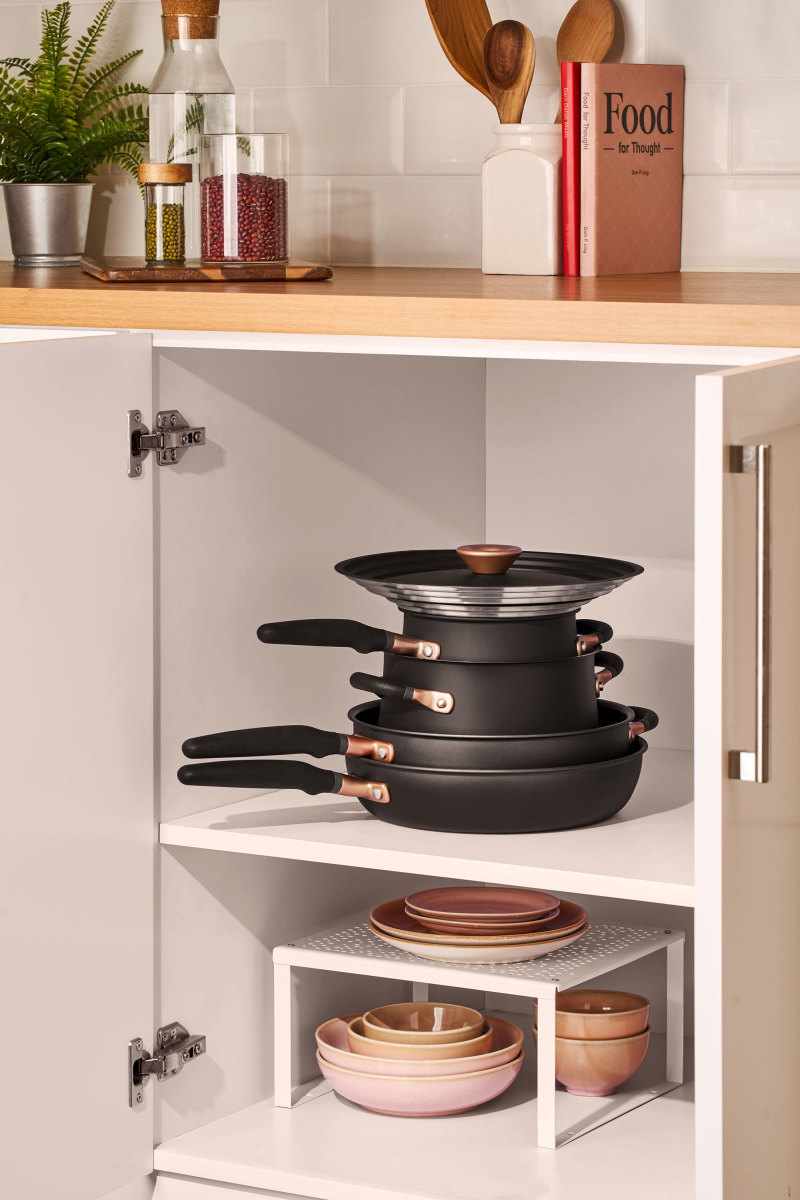
Credit: www.mensjournal.com
The Importance Of Quality Cookware
Choosing the right cookware is essential for a well-functioning kitchen. Quality cookware not only enhances your cooking experience but also affects the taste and texture of your meals. Investing in good cookware can make a significant difference in your culinary adventures.
Impact On Cooking Results
High-quality cookware ensures even heat distribution. This prevents hot spots and ensures food cooks uniformly. With good cookware, ingredients retain their natural flavors. This results in tastier dishes. Non-stick surfaces in quality pans make cooking and cleaning easier. They also reduce the need for excessive oil.
Longevity And Durability
Quality cookware lasts longer than cheaper alternatives. This means fewer replacements and savings in the long run. Durable materials like stainless steel or cast iron withstand high temperatures. They also resist warping and scratching. Investing in quality ensures your cookware remains reliable for years. It also maintains its appearance and functionality.
Below is a comparison table of common cookware materials:
| Material | Durability | Heat Distribution | Maintenance |
|---|---|---|---|
| Stainless Steel | High | Even | Easy |
| Cast Iron | Very High | Excellent | Moderate |
| Copper | Moderate | Superior | High |
| Non-stick | Moderate | Even | Easy |
Consider these factors when choosing your cookware. The right choice will enhance your cooking and save you money over time.
Materials Matter: Pros And Cons
Choosing the right cookware for your kitchen is essential. The material of your cookware affects cooking results and durability. Let’s explore the pros and cons of various cookware materials.
Stainless Steel Versatility
Stainless steel cookware is popular for its versatility. It does not react with food, so it is safe for all types of dishes.
- Pros: Durable, non-reactive, dishwasher safe.
- Cons: Poor heat conduction, can stick without oil.
Cast Iron For Heat Retention
Cast iron cookware is excellent for heat retention. It keeps food warm for a long time.
- Pros: Excellent heat retention, adds iron to food.
- Cons: Heavy, requires seasoning, prone to rust.
Non-stick For Easy Clean-up
Non-stick cookware ensures easy clean-up. Food slides off effortlessly.
- Pros: Easy to clean, requires less oil, food doesn’t stick.
- Cons: Coating can wear off, not suitable for high heat.
Copper And Heat Conductivity
Copper cookware offers superior heat conductivity. It heats up and cools down quickly.
- Pros: Excellent heat conduction, quick temperature changes.
- Cons: Expensive, requires regular polishing, can react with food.
Here’s a quick comparison table to help you decide:
| Material | Pros | Cons |
|---|---|---|
| Stainless Steel | Durable, non-reactive | Poor heat conduction |
| Cast Iron | Excellent heat retention | Heavy, needs seasoning |
| Non-Stick | Easy to clean | Coating wears off |
| Copper | Superior heat conduction | Expensive, reactive |
Matching Cookware To Cooking Style
Choosing the right cookware can transform your cooking experience. Different cooking styles need different types of cookware. This ensures you get the best results every time you cook. Let’s explore how to match cookware to your cooking style.
High Heat Techniques
For high heat techniques, you need cookware that can endure high temperatures.
- Stainless Steel: Perfect for searing meats and stir-frying.
- Cast Iron: Great for frying and grilling due to its heat retention.
- Carbon Steel: Ideal for quick, high-heat cooking like sautéing.
| Cookware | Best For |
|---|---|
| Stainless Steel | Searing, Stir-frying |
| Cast Iron | Frying, Grilling |
| Carbon Steel | Sautéing |
Slow Cooking And Simmering
Slow cooking and simmering require cookware that maintains steady, low heat.
- Enamel-Coated Cast Iron: Retains heat well for stews and braises.
- Slow Cooker: Convenient for extended cooking times.
- Heavy-bottomed Pots: Prevents burning and ensures even cooking.
| Cookware | Best For |
|---|---|
| Enamel-Coated Cast Iron | Stews, Braises |
| Slow Cooker | Extended Cooking Times |
| Heavy-bottomed Pots | Even Cooking |
Baking And Roasting
Baking and roasting require specific types of cookware for the best results.
- Baking Sheets: Essential for cookies, pastries, and roasting vegetables.
- Baking Dishes: Perfect for casseroles and gratins.
- Roasting Pans: Ideal for large cuts of meat and poultry.
| Cookware | Best For |
|---|---|
| Baking Sheets | Cookies, Pastries, Vegetables |
| Baking Dishes | Casseroles, Gratins |
| Roasting Pans | Meat, Poultry |

Credit: m.youtube.com
Understanding Cookware Safety
Choosing the right cookware involves understanding cookware safety. This ensures you and your family stay healthy. Safety in cookware is crucial to avoid harmful chemicals and ensure durability.
Chemical Leaching Concerns
Many cookware types can leach chemicals into food. This can affect health over time. Non-stick pans often contain PTFE and PFOA. These chemicals can release harmful fumes at high temperatures. Choose cookware labeled as PFOA-free and PTFE-free for safer cooking.
Aluminum cookware can also pose risks. Uncoated aluminum can react with acidic foods. This reaction can cause aluminum to leach into your meals. Opt for anodized aluminum to prevent this.
Temperature Tolerance
Different cookware materials handle heat differently. Understanding their temperature tolerance is vital. High heat can damage some cookware, causing safety issues.
| Material | Temperature Tolerance | Safety Tips |
|---|---|---|
| Stainless Steel | Up to 500°F | Safe and durable, avoid sudden temperature changes. |
| Cast Iron | Up to 700°F | Excellent heat retention, needs seasoning. |
| Ceramic | Up to 450°F | Non-reactive, avoid high heat to prevent cracking. |
Stainless steel can handle up to 500°F safely. It is a durable and safe option. Avoid sudden temperature changes to prevent warping.
Cast iron has a high heat tolerance of up to 700°F. It retains heat well, making it ideal for searing and frying. Regular seasoning is necessary to maintain its non-stick surface.
Ceramic cookware can withstand temperatures up to 450°F. It is non-reactive, making it safe for cooking acidic foods. Avoid exposing ceramic to high heat to prevent cracking.
Evaluating Cookware Sets Vs. Individual Pieces
Choosing the right cookware can be daunting. Do you buy a set or individual pieces? This decision depends on various factors. Let’s dive into the pros and cons of each option.
Cost-benefit Analysis
Cookware sets often provide better value. Purchasing a set can be cheaper than buying individual pieces. Sets usually include essential items like saucepans, frying pans, and stockpots. This ensures you have everything you need to start cooking.
| Aspect | Cookware Sets | Individual Pieces |
|---|---|---|
| Cost | Often cheaper per piece | Can be more expensive |
| Variety | Limited to set contents | Unlimited choices |
| Convenience | One-time purchase | Requires multiple purchases |
Individual pieces allow for specific choices. This can be more expensive, but you get exactly what you need. Buying individual pieces lets you choose the best material and size for each item.
Customizing Your Collection
Customizing your cookware collection has many benefits. You can mix and match different materials. For example, you might prefer a cast iron skillet for searing and a non-stick pan for eggs.
- Material Variety: Choose the best material for each dish.
- Size Flexibility: Buy the exact size you need.
- Quality Control: Invest in high-quality pieces over time.
Cookware sets may not offer this flexibility. Sets often include pieces you may not need. Customizing your collection ensures you only have what you will use.
Mixing different brands and materials can enhance your cooking experience. You get to create a collection that suits your cooking style and needs.
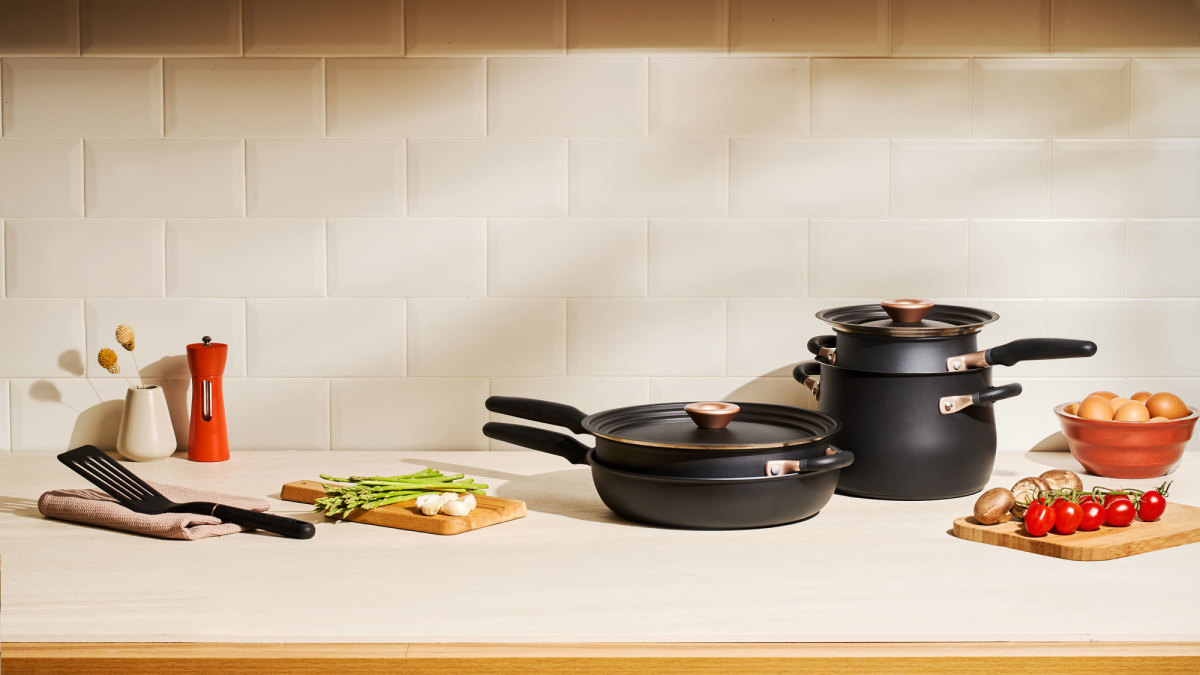
Credit: www.mensjournal.com
The Ergonomics Of Cookware
Selecting the right cookware involves more than just the material and price. The ergonomics of cookware plays a crucial role in your cooking experience. Ergonomic cookware ensures comfort, safety, and efficiency in the kitchen.
Handle Comfort And Safety
The handle is a key part of cookware. A comfortable handle makes cooking easier. Look for handles that stay cool during cooking. This prevents burns and accidents.
Some handles have a soft grip for extra comfort. Ensure the handle has an ergonomic design. It should fit well in your hand. This helps in maintaining a firm grip. A good grip reduces the risk of dropping the cookware.
Handles should also be securely attached. Loose handles can be dangerous. Check for riveted or welded handles. These are more durable and safer.
Weight And Balance
The weight of cookware affects how easy it is to use. Heavy cookware can be tiring to handle. But, lightweight cookware might not distribute heat evenly.
Balance is also important. Well-balanced cookware is easier to control. It should not tip over easily. Test the balance by holding the cookware. It should feel stable.
Here’s a simple table to compare different types of cookware based on weight and balance:
| Cookware Type | Weight | Balance |
|---|---|---|
| Cast Iron | Heavy | Very Stable |
| Stainless Steel | Moderate | Stable |
| Non-stick Aluminum | Light | Less Stable |
Choose cookware that matches your strength and cooking style. Lightweight options are good for quick cooking. Heavier options are better for slow cooking.
Maintenance And Care Tips
Choosing the right cookware is just the first step. Proper maintenance and care ensure your cookware lasts longer and performs better. This section provides essential maintenance and care tips to keep your cookware in top shape.
Cleaning Do’s And Don’ts
Proper cleaning extends the life of your cookware. Follow these simple tips:
- Do wash non-stick pans with a soft sponge.
- Do hand wash cast iron with mild soap and water.
- Do use warm water to clean stainless steel.
- Don’t use abrasive cleaners on any cookware.
- Don’t put non-stick pans in the dishwasher.
- Don’t soak cast iron in water for long periods.
Storage Solutions
Proper storage keeps your cookware organized and damage-free. Consider these tips:
- Use pot racks to hang frequently used pots and pans.
- Stack cookware with felt or paper liners to prevent scratches.
- Store lids separately to save space and avoid damage.
- Install pull-out shelves for easy access to heavy items.
- Use drawer dividers to organize smaller items like lids and utensils.
Here’s a quick table for an easy reference:
| Cookware Type | Cleaning Do | Cleaning Don’t |
|---|---|---|
| Non-Stick | Soft sponge, hand wash | Abrasive cleaners, dishwasher |
| Cast Iron | Mild soap, hand wash | Long soaking, abrasive cleaners |
| Stainless Steel | Warm water, hand wash | Strong chemicals, abrasive pads |
By following these maintenance and care tips, your cookware will last longer and perform better. Enjoy cooking with well-maintained tools!
Where To Shop For Cookware
Choosing the right cookware involves more than just knowing what you need. Where you shop for cookware plays a big role in your decision. Different stores offer unique benefits. This section explores the best places to buy cookware.
Retail Store Vs. Online Options
Retail stores offer the advantage of seeing and feeling the cookware. You can check the weight, material, and design in person. Plus, sales assistants can provide expert advice.
On the other hand, online shopping provides convenience and variety. You can browse through a wide range of products without leaving your home. Online stores often have customer reviews and ratings, which help make informed decisions.
| Retail Store | Online Store |
|---|---|
| Touch and feel the product | Shop from home |
| Instant purchase | Read customer reviews |
| Expert advice available | Wider selection |
Checking Reviews And Ratings
Before buying cookware, always check reviews and ratings. Reviews give insights into the product’s performance and durability. Ratings help you quickly judge the quality.
Positive reviews indicate that the product is reliable. Look for detailed reviews that discuss both pros and cons. This balanced view helps you make a better choice.
Make sure to read both recent and older reviews. This provides a full picture of the product’s consistency and longevity.
- Read at least five reviews
- Check both positive and negative feedback
- Look for reviews with photos
Investing Wisely: Price Vs. Performance
Choosing the right cookware can be overwhelming. The market is flooded with options. Knowing how to balance price and performance helps. You want the best value for your money.
Budget-friendly Choices
Not all budget cookware is bad. Some affordable options perform well. Stainless steel is a great choice. It is durable and versatile. Non-stick pans are also budget-friendly. They are easy to clean and use. Look for brands with good reviews. This ensures quality even on a budget.
Consider buying a cookware set. Sets often cost less than buying pieces individually. They usually include the essentials like skillets, saucepans, and stockpots. Cast iron skillets are another good investment. They are durable and improve with age. They can be found at reasonable prices.
| Type | Pros | Cons |
|---|---|---|
| Stainless Steel | Durable, versatile, affordable | May require more oil, can stick |
| Non-stick | Easy to clean, easy to use | Less durable, needs careful handling |
| Cast Iron | Improves with age, durable | Heavy, needs seasoning |
When To Splurge On High-end Cookware
Sometimes it’s worth spending more. High-end cookware offers superior performance. Copper cookware is a prime example. It provides excellent heat conductivity. This means even cooking and fewer hot spots.
Professional-grade stainless steel is another good investment. It often includes an aluminum core. This improves heat distribution. These pieces last a lifetime with proper care. Enamel-coated cast iron is another high-end option. It combines the benefits of cast iron with easy maintenance. These pieces are often beautiful and can go from stove to table.
- Copper cookware: Best for even heat distribution.
- Professional-grade stainless steel: Durable and long-lasting.
- Enamel-coated cast iron: Combines durability with ease of use.
High-end cookware can be a long-term investment. It often comes with warranties or guarantees. This can save money in the long run. If you love cooking, high-end cookware can make the experience more enjoyable. Remember, the right cookware can elevate your cooking.
Smart Accessories To Complement Your Cookware
Choosing the right cookware is only part of the equation. Smart accessories can make cooking easier and more enjoyable. From essential utensils to protective gear, the right accessories enhance your kitchen experience.
Essential Utensils
Utensils are vital for any kitchen. They help in preparing and serving food. Here are some must-have utensils for your kitchen:
- Spatulas: Great for flipping and spreading.
- Whisks: Perfect for mixing ingredients smoothly.
- Tongs: Ideal for gripping and lifting food.
- Slotted Spoons: Useful for draining liquids from food.
- Measuring Cups and Spoons: Essential for accurate ingredient measurement.
These utensils are basic but indispensable. They make cooking and serving food efficient and fun.
Protective Gear
Cooking involves heat and sharp tools. Protective gear ensures safety in the kitchen. Key items include:
| Item | Purpose |
|---|---|
| Oven Mitts | Protect hands from hot surfaces. |
| Aprons | Keep clothes clean and safe from spills. |
| Cutting Gloves | Prevent cuts while chopping food. |
| Splatter Screens | Stop oil and sauce splashes. |
These items help in maintaining a safe cooking environment. They are essential for both novice and experienced cooks.
Frequently Asked Questions
How Do I Know What Cookware To Buy?
Consider your cooking style, budget, and material preferences. Research reviews and prioritize durability, heat distribution, and ease of cleaning.
What Kind Of Cookware Is Best For Everyday Use?
Stainless steel cookware is best for everyday use. It’s durable, versatile, and easy to clean. Non-stick pans are great for low-fat cooking. Cast iron offers excellent heat retention.
What Cookware Do Most Chefs Prefer?
Most chefs prefer stainless steel cookware for its durability and even heating. Cast iron is also popular for its heat retention.
What Types Of Pans Are Most Useful In The Kitchen?
Non-stick, stainless steel, cast iron, and copper pans are essential in any kitchen. They cater to various cooking needs.
What Are The Essential Cookware Pieces?
A good starting set includes a skillet, saucepan, stockpot, and baking sheet.
What Material Is Best For Cookware?
Stainless steel and cast iron are durable and versatile options.
How Do I Choose Non-stick Cookware?
Look for PFOA-free labels and durable coatings.
Is Cast Iron Cookware Worth It?
Yes, it retains heat well and lasts generations.
Can I Use Metal Utensils On Non-stick Pans?
No, metal utensils can scratch and damage the non-stick surface.
How Do I Care For Stainless Steel Cookware?
Clean with mild detergent and avoid abrasive scrubbers.
Conclusion
Choosing the right cookware can transform your cooking experience. Consider material, heat conductivity, and durability. Prioritize your needs and budget. Quality cookware enhances your kitchen’s efficiency and your dishes’ flavors. Invest wisely for long-term benefits. For Emergency Cooking Kit & Compact Culinary Solutions check here. Happy cooking!
Read More Top 10 Must-Have best Kitchen Gadgets: Revolutionize Your Kitchen!
As an Amazon Associate, I earn from qualifying purchases


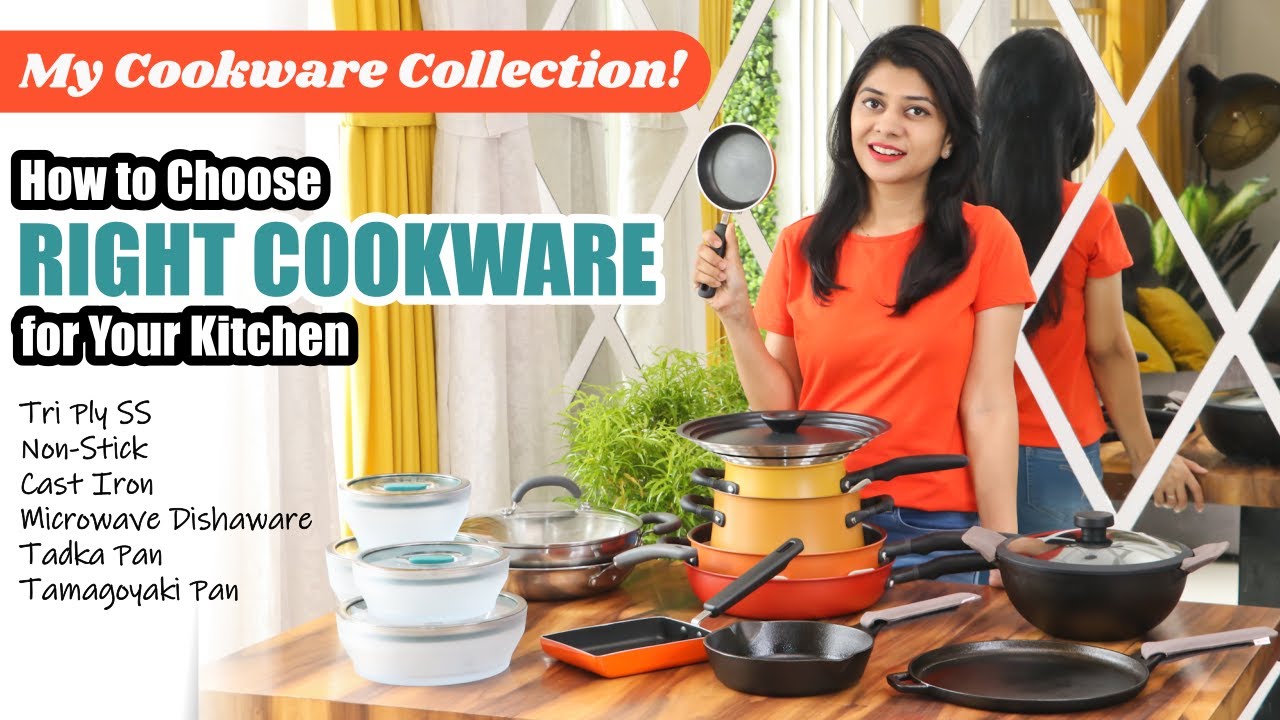


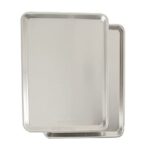
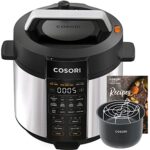


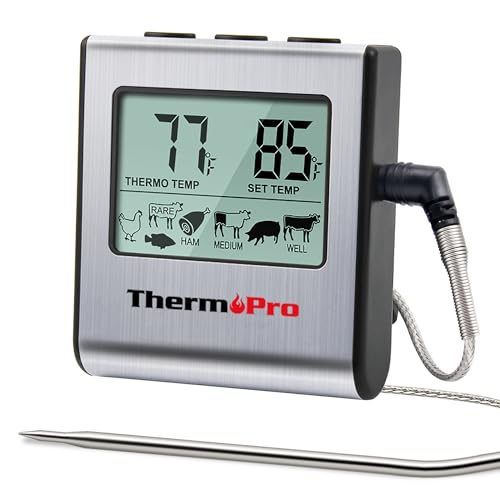
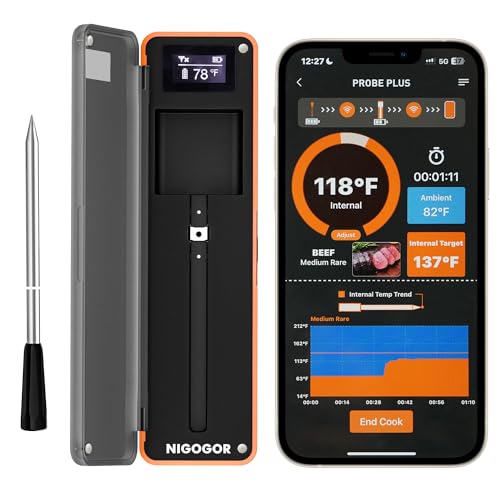
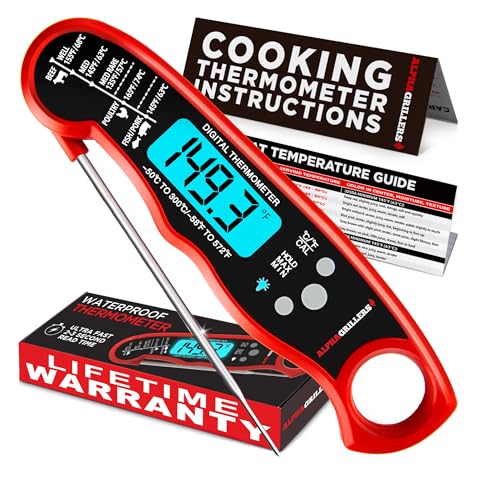
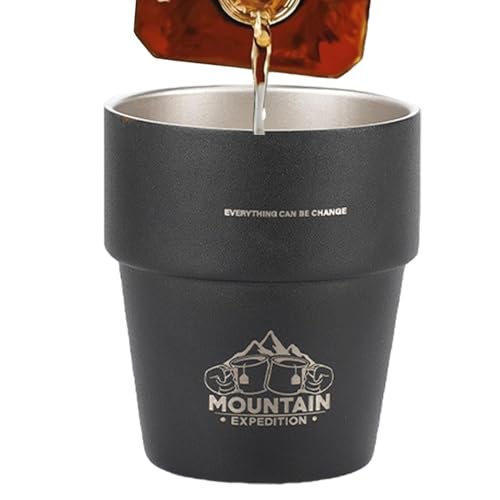
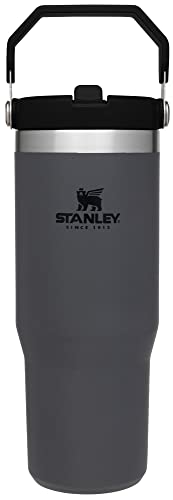
Leave a Reply